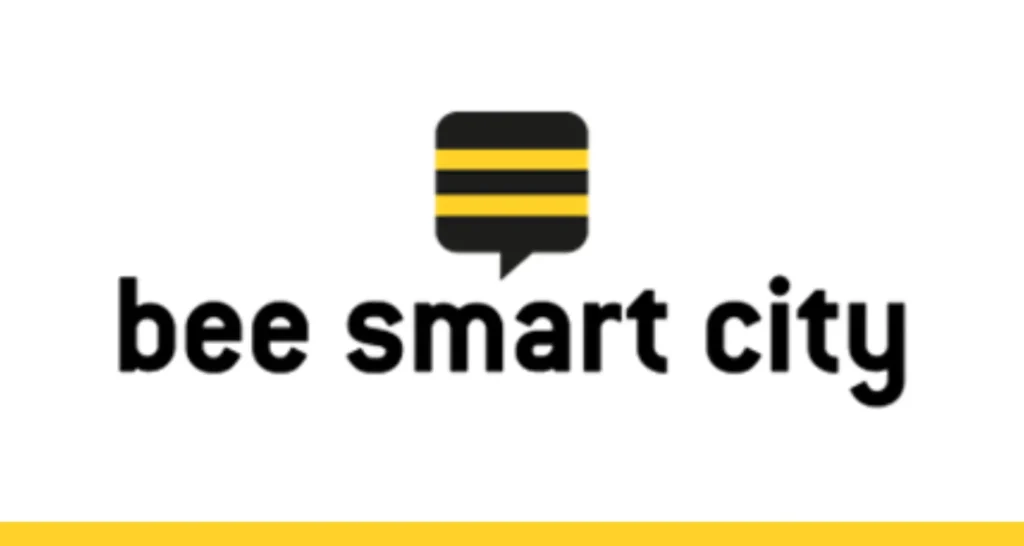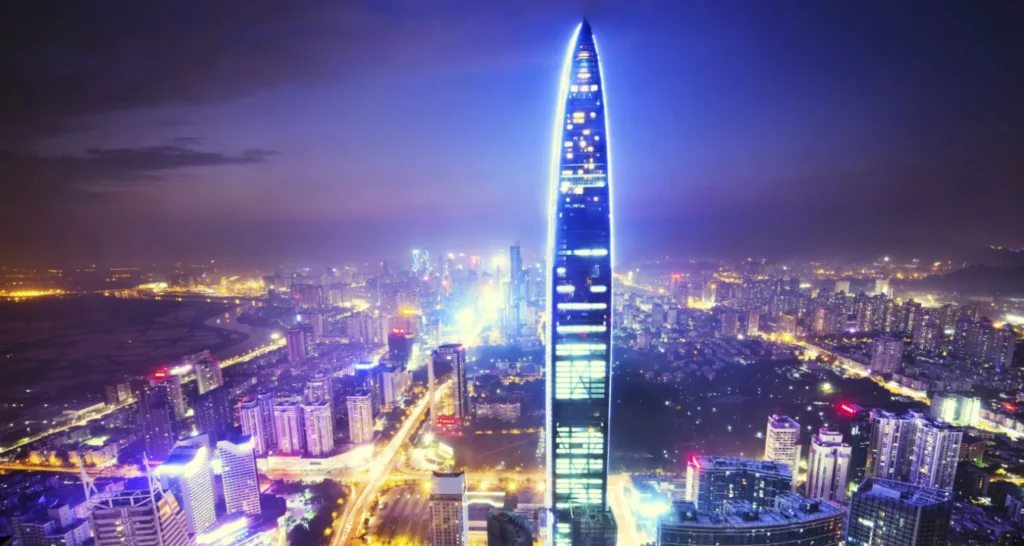Atos smart city’s fabric for improving citizen’s experience of daily life
Smart Cities is a journey that incorporates Information and Communication Technology (ICT) into the city’s fabric that develops a connected infrastructure for the betterment of citizens’ experience.
Cities have varied challenges. While many cities are experiencing an unprecedented rate of urbanization growth and population growth, others are facing a shrinking population. Many of the challenges are omnipresent like an aging population, climate change, and pollution. Regardless of the cities’ challenges and size, one thing remains constant – the need to provide core urban infrastructure and deliver city services efficiently and cost-effectively to all citizens.
The guiding principles behind a successful Smart City strategy focus on:
Citizen-Centric: The overall objective is to improve citizens’ lives. Hence, cities should adopt a people-centric approach to their smart city development to enable creative use of technology and service delivery.
High-level coordination: City government agencies should adopt a proactive role to facilitate smart city development. There should be strategies and coordination between economic, environmental, and social development needs using innovation and technology.
Long-term vision: The journey toward a smart city should include a long-term vision strategy with an integrated framework embracing the city’s established foundation based on economic, environmental, and social areas.
Cross-over interests: Having all public and private sector entities participate to create a sustainable smart city. The city government should set the relevant standards, guidelines, and practices while working with non-profit organizations, the private sector, city agencies, and academic institutes on integrating smart city functions and services.
In addition to adopting technology, the city should implement policies to foster innovation and technological advancements to become a smart city.
One of the frameworks a city can utilize for creating a direct relationship between current issues and challenges to the selected projects and activities selected to solve them is the Boyd Cohen model. There are six themes in this model on which the implementation of plans will involve the public sector, private sector, and community at large:
Smart Mobility
Targeted capital deployment models and infrastructure investments should enhance citizen mobility. The city should develop policies, regulations, private and public sector funding, and incorporate innovative technology to achieve cheaper, faster and pedestrian, and environmentally friendly mobility within the city. Smart mobility includes an integrated transportation system and multimodal transportation. Smart mobility combines current private and public sector transportation modes with new modes such as connected and autonomous vehicles, alternative fuel vehicles, and carpooling and sharing.
Smart mobility should create a seamless citizen-centric travel experience that includes all sectors within the community including the elderly and disabled. The outcome of smart mobility is an improved flow of citizens with high service quality for all users while minimizing the impact on the environment.
Smart Living
Smart living focuses on enhancing the overall living experience for citizens across age groups and demographics. Projects under smart living will focus on individuals’ ability to interact with electronic services and improve general well-being and health. The result of smart living creates a safer, more secure, accessible, and happy society. Citizens should have the confidence to utilize electronic services for payments, authentication, and other transactions. Electronic services enable digital payments to allow citizens to pay for services quickly and efficiently while receiving timely receipts of transaction data and funds.
As a result, cities can quickly become cashless societies and optimize business and user experiences. Smart living incorporates new technologies in health monitoring, telehealth, and smart hospitals to improve healthcare services for all demographics within the city. This project results in offering preventive healthcare services and customized medical advice to its citizens. Smart living results in an improvement and management of the living environment and quality of life
Smart Environment
Cities need to leverage their constructed infrastructure and natural environments to benefit citizens’ quality of living. Utilizing ICT, sensors, awareness campaigns, and conservation programs will drive transformational culture changes in pollution and waste management. Smart environments will encourage the incorporation of more sustainable design, standards, and management of buildings. Cities need to put greater emphasis on promoting energy efficiency and conservation and the development of renewable energy.
The result of smart environments will lead to the reduction of waste production, monitoring and managing pollution, and improve carbon emission rates. The outcome is the integration and optimization of urban planning while improving efficiency and minimizing the impact on the environment.
Smart People
Smart people focus on transforming access to public and private sector services for all segments in society including citizens, businesses, families, investors, employees, and employers. The outcome is a retooling of talents and lifelong learning that promotes an environment of social inclusiveness, creativity, open-mindedness, greater connectedness, resilience, and collaboration. As a result, cities can interact with public and private service providers more easily and confidently.
The objective of smart people is for citizens to interact with service providers and participate with ease and confidence. Smart people focus on lifelong learning from youth to the elderly, focusing on STEM (science, technology, engineering, and mathematics), and eventually leading to the development of innovation and informational technologies. This results in a city environment that embraces changes to equip with new skills for the fast-changing world.
Smart Government
Smart government focuses on the deployment of supporting infrastructure that collects, collates, analyzes, and presents city data to support stakeholders for a more vibrant, dynamic, and safe community. The projects are enabled by a city-wide digital framework and infrastructure that facilitates data collected from city infrastructure to support city planning, projects, and related activities. As a result, such projects develop strength among government, citizens, businesses, and academics to improve accountability, transparency, engagement, and responsiveness for public services and information.
The objectives are to promote the development of e-government related public services, deploy technology infrastructure to support a digital government, and facilitate access to government services.
Smart Economy
Cities should strengthen and transform their economy by promoting start-ups, attracting investors, and improving the business climate. Cities need to rebrand and position themselves as leading investment destinations and attract talent to the city. A smart economy will improve the cities’ productivity and competitiveness by fostering collaboration among government, citizens, businesses, academia, and non-profit organizations to spur technology and technology products and services. Another way cities can foster a smart economy is to increase the attractiveness as a tourist destination by leveraging innovative and creative measures to facilitate tourist interactions with the city.
The objective is to promote the overall business climate and platform for entrepreneurs, technology start-ups, and investors. In addition, the city would attract leading talent and develop local academia for future talent while establishing smart city branding to increase cities’ economic vibrancy.













